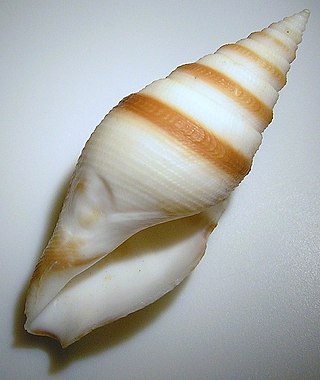
Bathytoma atractoides is a species of sea snail, a marine gastropod mollusk in the family Borsoniidae.
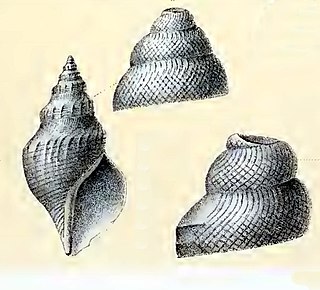
Gymnobela homoeotata is a species of sea snail, a marine gastropod mollusk in the family Raphitomidae.
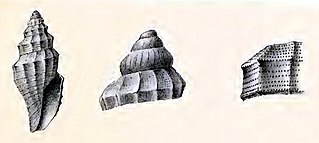
Kurtziella corallina is a species of sea snail, a marine gastropod mollusk in the family Mangeliidae.

Kurtziella rhysa is a species of sea snail, a marine gastropod mollusk in the family Mangeliidae.
Pleurotomella porcellana is a species of sea snail, a marine gastropod mollusk in the family Raphitomidae.

Pleurotomella sandersoni is a species of sea snail, a marine gastropod mollusk in the family Raphitomidae.

Spergo glandiniformis is a species of sea snail, a marine gastropod mollusk in the family Raphitomidae.

Xanthodaphne membranacea is a species of sea snail, a marine gastropod mollusk in the family Raphitomidae.

Xanthodaphne xanthias is a species of sea snail, a marine gastropod mollusk in the family Raphitomidae.

Cryptogemma phymatias is a species of sea snail, a marine gastropod mollusk in the family Turridae, the turrids.
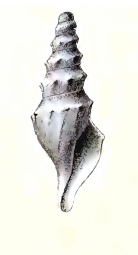
Spirotropis stirophora is a species of sea snail, a marine gastropod mollusk in the family Drilliidae.

Clanculus tonnerrei is a species of sea snail, a marine gastropod mollusk in the family Trochidae, the top snails.

Cebrionini is a tribe of click beetles from the family Elateridae; formerly ranked as a subfamily or family, they are now considered a tribe within the subfamily Elaterinae.

Phanerolepida transenna is a rare species of sea snail, a marine gastropod mollusk in the family Turbinidae, the turban snails.
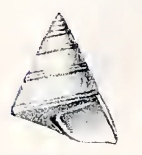
Asthelys simplex is a species of extremely small deep water sea snail, a marine gastropod mollusk in the family Seguenziidae.
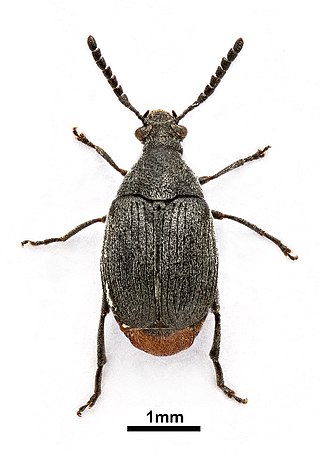
Bruchidius siliquastri is a species of bean weevil. It was first found in pods of Cercis siliquastrum in China, and has thence been found in several continents. Its length ranges from 2.8 to 3.7 millimetres. Its body is short and ovate, with a black integument. The apex of its femora and the ventral part of its hind tarsi are reddish. Its vestiture is made of thin and short setae; dorsally setae are a whitish colour, denser on the scutellum. Its pygidium is also covered with setae. Its name is derived from its host plant.
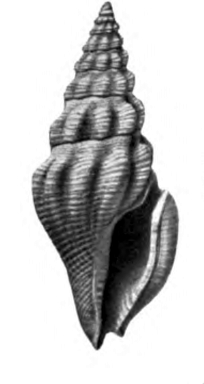
Lioglyphostoma rusum is an extinct species of sea snail, a marine gastropod mollusk in the family Pseudomelatomidae, the turrids and allies.
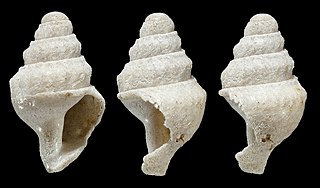
Theta spicea is a species of sea snail, a marine gastropod mollusk in the family Raphitomidae.
Arixyleborus mediosectus, is a species of weevil found in India, Sri Lanka, Cambodia, Myanmar, Philippines, Malaysia, Indonesia: Sumatra and Vietnam.
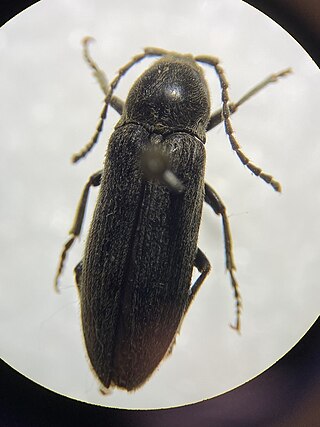
Perothops is a genus of false click beetles in the family Eucnemidae containing 3 species. They are known as beech-tree beetles or perothopid beetles. They are small as they are only 10–18 millimeters long. It is the only genus in the monotypic subfamily Perothopinae. They are dark-colored beetles that are found across the United States, generally in forests. The genus was discovered by Johann Friedrich von Eschscholtz in 1836. It used to be considered a family not part of Eucnemidae. The genus's name is from Greek, translating to "maimed/crippled eye" or "eye of little necklaces/bands", referring to the placement of perothopid eyes.

















